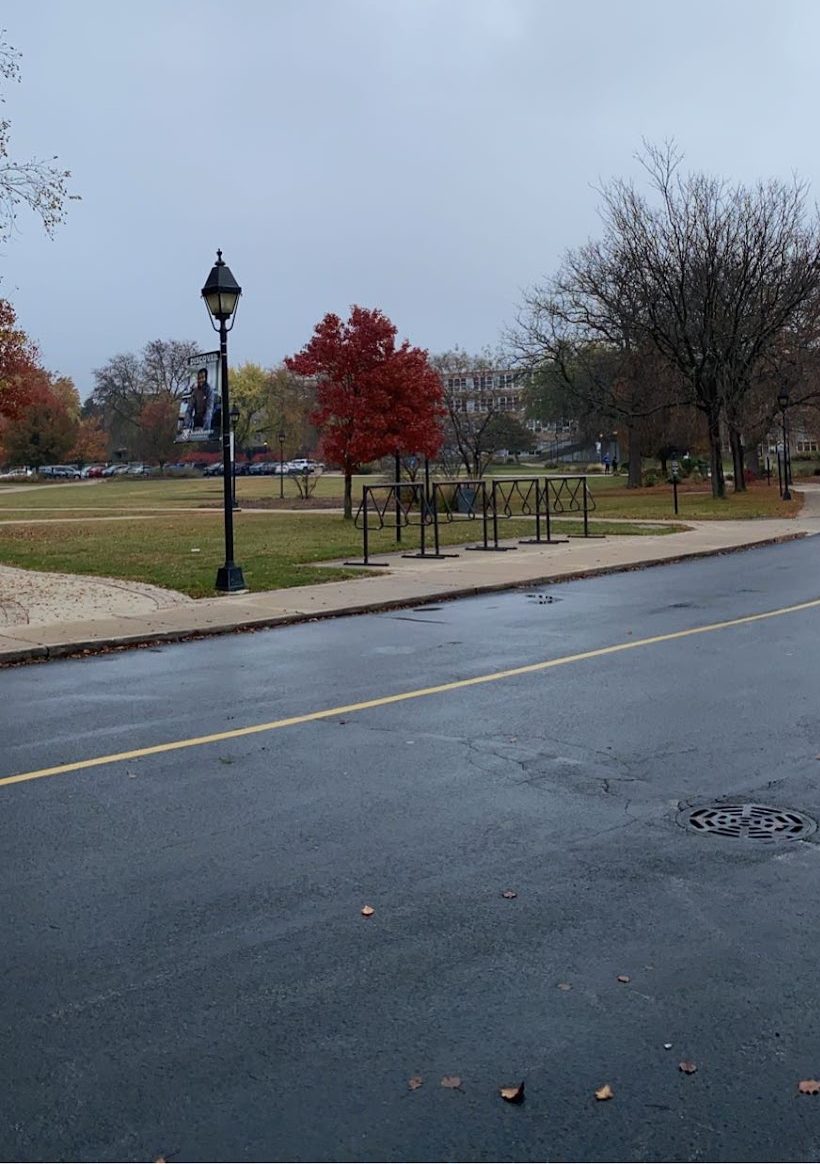Two and a half years after the quarantine lockdown, campus is still making its return.
Having since transitioned back to a largely in-person campus, both students and faculty alike have noticed the impact of COVID-19 on campus life.
One of the most noticeable areas of decreased engagement is campus life. Specifically, events held by the different registered student organizations (RSOs), the Student Activities Board (SAB) and the Student Government Association (SGA).
Ashley Jackson, the Director of Campus Life, stated that, “SAB events range in attendance, anywhere from 10 students upwards to 100 students. Events that are off campus tend to attract more students or when students can receive some type of giveaway. For SGA forums, the attendance is low. SGA is exploring ways to increase the turnout so that more of their peers can voice their feedback without having to miss a forum.”
That is not to say that these events are not interesting or engaging, as even annual events that occurred before the rise of the COVID-19 pandemic are seeing the same issue.
Jackson continued, “The pandemic has changed so many things for some many people, including student engagement! We are currently in a space where first year students to seniors have been impacted by the pandemic. So I think it is building a new culture of what student engagement looks like with our current student body.”
Some students do not wish to be involved simply because they have no interest in it.
Sophomore Alexis Ballesteros stated that, “I am not really involved with the school because of my own choice, there hasn’t been any activities or groups that have piqued my interest. Moreover, I haven’t seen any groups in general or anything about ways to join them, so I wouldn’t even know how to join one if I wanted to. “
Other students start off uninterested, but become more engaged as their time at SXU continues.
Junior Shealyn Scott added that, “COVID had an irreparable effect on my college experience. I entered SXU in the fall of 2020, so my ‘orientation’ was a fully online Canvas course. For my entire first year, I felt completely and utterly alone. Events on campus were rare and unengaging. Over the years, I’ve gotten more opportunities to engage with my peers and even arrange events myself. That being said, I never got the true entry to college that all other grades were offered. I still don’t totally feel like a “real” college student because of it.”
However, some areas of the school are not facing the same engagement issue.
The Learning Center has experienced a consistent rise in engagement from students.
Joanna Nemeh, the Director of the Learning Center, stated that, “Last Fall (2021), by October 26th, we had a little over 520 appointments in the Learning Center, the vast majority for tutoring. This semester, by October 26, we have had a little over 600 appointments with a large increase in writing consultations.”
Nemeh continued, stating that, “Faculty champion our center and that encourages students to use our services. Without faculty, we would not be as effective during appointments and as knowledgeable of the course material used in class. I also believe that students are more open to asking and receiving academic support than in the past.“
Similarly, the Counseling Center has also experienced a steady amount of engagement.
Dr. Keiana Winters, the Director of the Counseling Center, stated that, “I feel the awareness of all the resources offered at the university is increasingly being acknowledged by the Students, Faculty, and Staff. It’s the Counseling Center’s goal each semester to increase awareness. We host events, presentations, and collaborate with other departments so that our faces and the information is available for everyone. We want to make sure that staff and faculty know how to refer to students and students know how to seek services for themselves. Our department diligently promotes our services because we believe Counseling can be for everyone.”
Since the rise of COVID-19, a clear distinction between resources and services has been made among the student body. What is behind this distinction? Is it a necessity that drives students to some areas over others?

